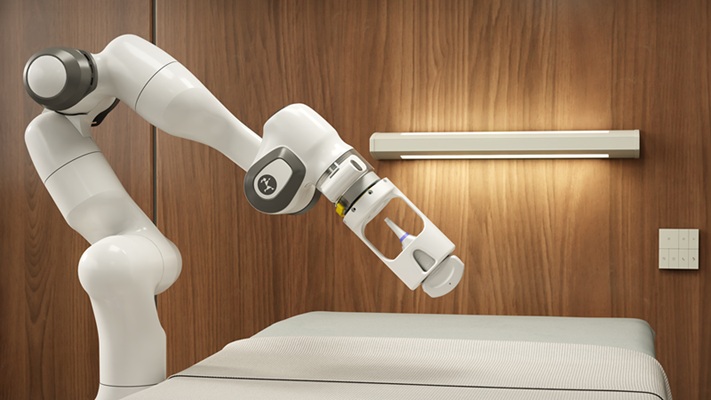Utilization of X-Ray Mammography Systems Expected to Increase
By MedImaging International staff writers
Posted on 10 Oct 2018
Over the last 20 years, hospitals and imaging centers in the developed economies have adopted X-ray mammography systems for the screening and diagnosis of breast cancer. This has resulted in a significant reduction in mortality and encouraged emerging countries to make investments in population-base, organized screening. These significant investments in mammography technology have paved the way for radiation safety, patient comfort and 3D imaging that enables precise tumor detection.Posted on 10 Oct 2018
These are the latest findings of Frost & Sullivan, (Santa Clara, CA, USA), a global management consulting company.

Image: The Mammomat Revelation mammography system (Photo courtesy of Siemens Healthineers).
Traditionally, highly populated countries have been slow to adopt non-conventional business models, although government initiatives for promoting early tumor detection are anticipated to drive the use of X-ray mammography imaging solutions in these countries. China and Eastern European nations such as Hungary and Poland are likely to be growth hubs for mammography solutions with the governments in these countries rolling out organized, population-based screening. India and other countries in Eastern Europe, such as Romania, are still in the development phase. Vendors in these markets are strategically employing leasing, managed equipment services, and various rental and pay-per-use models to drive procedural volumes. Moreover, new business models that focus on workflow efficiency will be the most feasible on account of the high budget deficits in these markets. At the same time, the evolution of payment models toward outcome-based reimbursement underlines the need for precision diagnosis.
According to Frost & Sullivan, vendors looking to expand their footprint and monetize growth opportunities in the X-ray mammography imaging solutions market need to:
• Offer value-adds through additional software services and improve the value proposition for clinical and financial stakeholders;
• Realign care models to focus on painless patient comfort systems that standardize compression pressure with minimum radiation dose;
• Deliver a fully integrated solution that provides access to medical imaging data as telemammography consultation gains currency;
• Introduce technologies focusing on microcalcifications and breast density assessment; and
• Collaborate with radiographers, medical physicists, and radiologists.
Technology developments in dose reduction, optimization, specificity, and sensitivity for early tumor detection will ensure that mammography remains the preferred imaging tool for breast cancer detection.
"Although analog and computed radiography (CR) mammography will continue to generate revenues from developing economies over the next three to five years, their increasing obsolescence will present considerable opportunities for 2D digital radiography (DR) systems," said Poornima Srinivasan, an industry analyst at Frost & Sullivan. "Studies show that digital breast tomosynthesis (DBT) is a game-changing technology for screening programs due to its ability to detect tumors in women with dense breast tissue. Similarly, 2D DR mammography with 3D DBT enhancement and synthesized 2D imaging also offer high price-performance value."
"To further improve product uptake, vendors are positioning 3D with multi-modality views, setting up workstations with 2D and 3D comparisons, and creating advanced detectors and algorithms to detect cancer at an early stage," added Srinivasan. "Significantly, they are also launching technologies such as contrast-enhanced spectral mammography, which provides low-energy 2D mammographic imaging on par with magnetic resonance imaging (MRI)."
Related Links:
Frost & Sullivan













